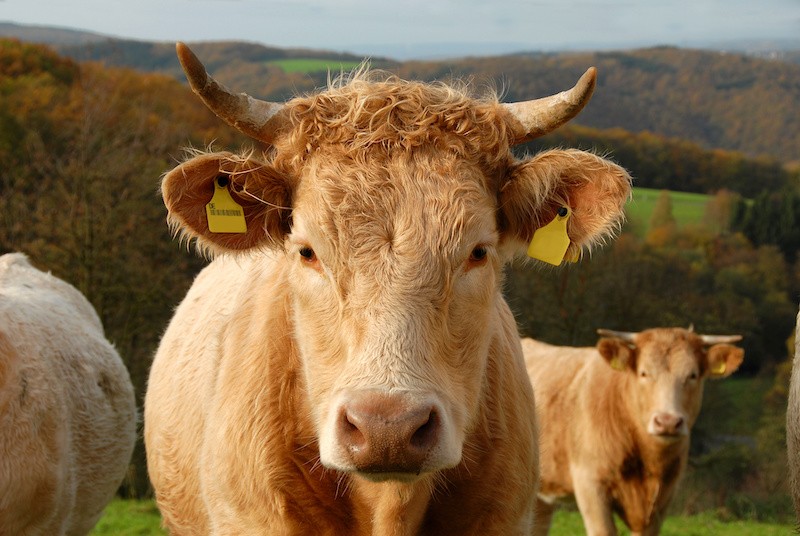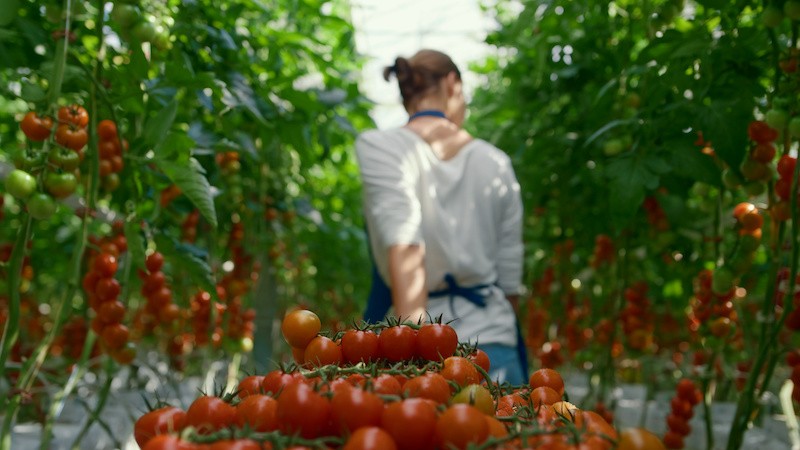Smart Farming technologies critical to agriculture’s future
“Smart farming” and “agri-tech” are more than just buzz words. Each refers to something of vital importance to the future of New Zealand’s food and fibre production – a fast-developing wave of digital technologies that can, if managed properly, revolutionise agricultural systems and practices with huge gains in productivity and sustainability.
New Zealand farmers already have a long and proud history of inventing and adopting (or adapting) new technologies – electric fencing, rotary milking sheds, precision irrigation systems and higher-yielding pasture grass varieties are examples – to drive up productivity and profitability for the benefit of our whole economy.
Productivity
Through the final 15 years of the 20th century, agriculture’s annual productivity grew an extraordinary 5.6% per annum. But productivity has slowed drastically since – and that slowdown is severely undermining today’s ambitions for higher growth in export earnings, and for faster progress on environmental and social sustainability across New Zealand.
Digital technologies and a broad-based transition to “smart farming” are now widely recognised as imperative for agriculture to regain its productivity growth mojo, and remain a critical driver of national prosperity and sustainability.
New digital technologies are important in every sector of our economy – and surely, that’s even more the case in the internationally-competitive sector which is New Zealand’s biggest export earner.
Connected systems
The smart farming/agri-tech wave is one of connected digital systems – sensors, robotics, RFID for livestock biometrics, artificial intelligence and much more – that enable farmers to automate and deliver precision in every aspect of production and of land management beyond today’s capabilities. It all means continuous data collection, analysis being embedded in every farm decision and practice, and information sharing throughout the farm-to-consumer market value chain.
There are huge roles here for GS1 technologies and standards that enable unique identification of places, animals, equipment and everything else on-farm and in supply chains from farm to market, along with great efficiency and convenience in data capture, analysis and sharing.
Interoperable
As agriculture’s transition broadens and deepens, having the right digital tools available and deployed will be essential. The more interoperable and multi-purpose technologies are, the more productive they can be at least cost. GS1 technologies and standards are global and designed to work across every platform.
Farmer surveys by the Agritech NZ industry group show understandable hesitancy among many: They favour tried and trusted tools, struggle with new technology costs and need transitional support. Digital technologies aren’t valuable in the hands of farmers unless they lead to better practices and outcomes. GS1 has 50 years’ experience in practical support for business operators in many sectors with technology solutions that are absolutely fit for purpose, easily usable and deliver tangible results.
As New Zealand agriculture goes further into the huge technology-based transition now needed, GS1 offers key building blocks for success – technologies and standards that will be foundational to farming productivity growth, to supply chain efficiency, to product traceability, to brand building and much more. GS1 is also much more than a great buzz word!




